Veronica serpyllifolia – Thyme-leaved Speedwell
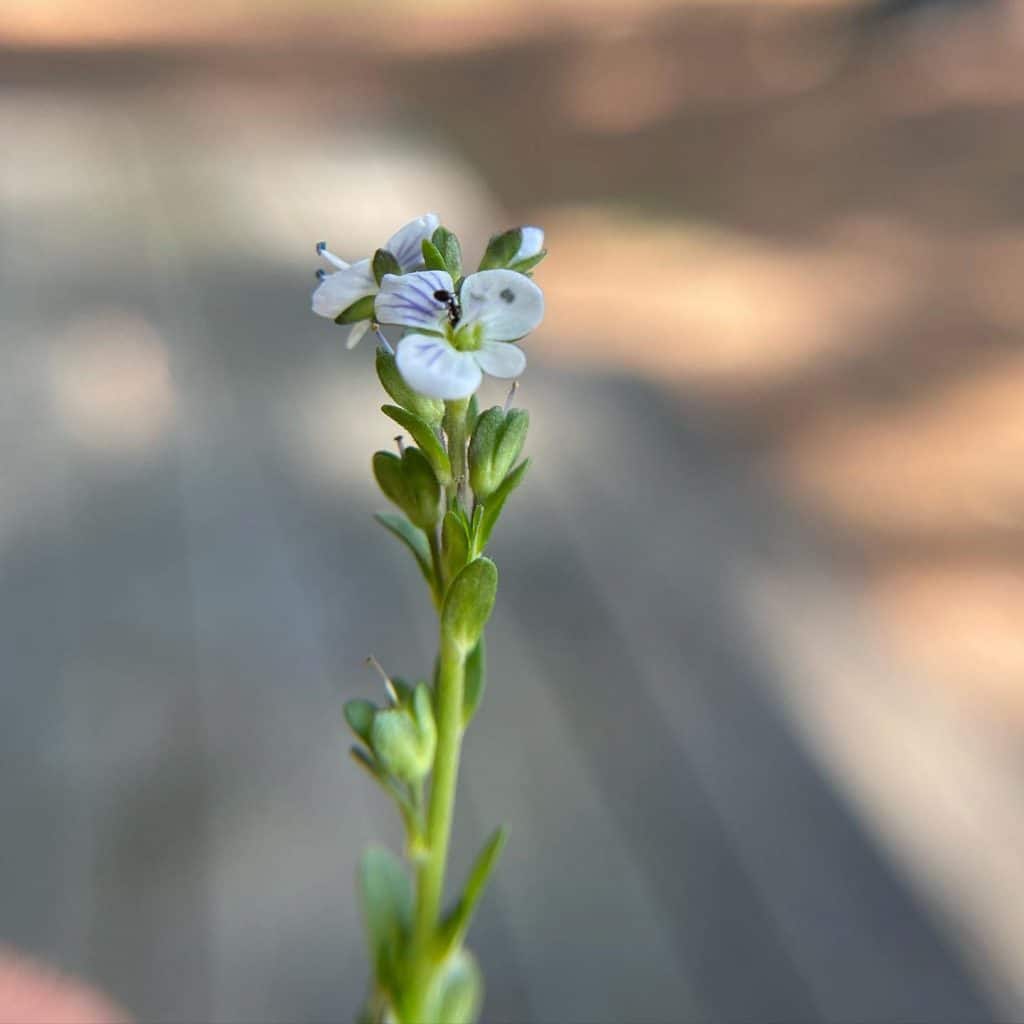
Thyme-leaved Speedwell (Veronica serpyllifolia) is an edible plant in the plantain family. It was introduced to North America from Europe. Thyme-leaved speedwell can be added raw to salads. The leaves, flowers, and stems are all edible. It has a flavor that is reminiscent of watercress. The plant has also been used medicinally to treat issues […]
Arenaria serpyllifolia – Thyme-leaved Sandwort
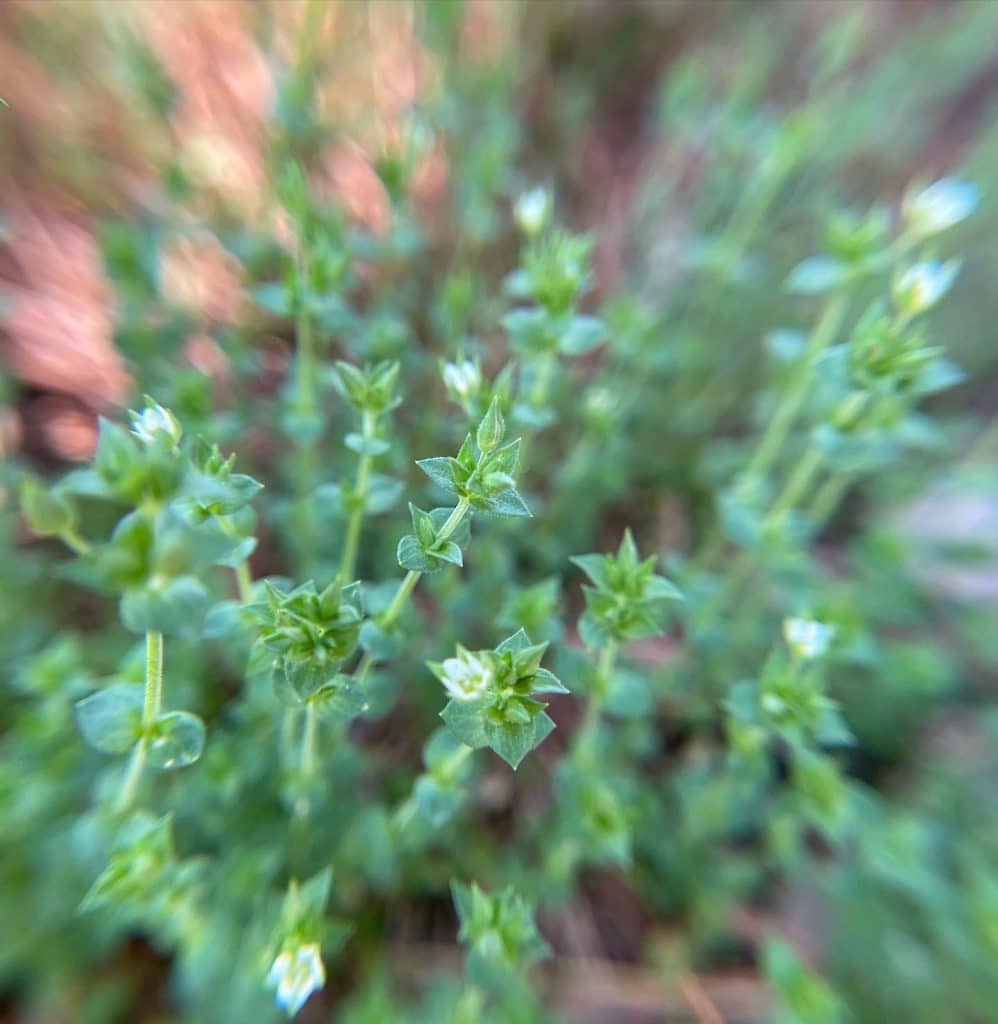
Thyme-leaved Sandwort (Arenaria serpyllifolia) is an edible plant from Eurasia. The plant is common, but difficult to find due to its small size. Thyme-leaved sandwort is often confused for chickweeds. Chickweeds have notched petals, while Thyme-leaved sandwort petals are unnotched. The plant can be used as an herb. It has also been used medicinally to […]
Plantago lanceolata – Narrowleaf Plantain
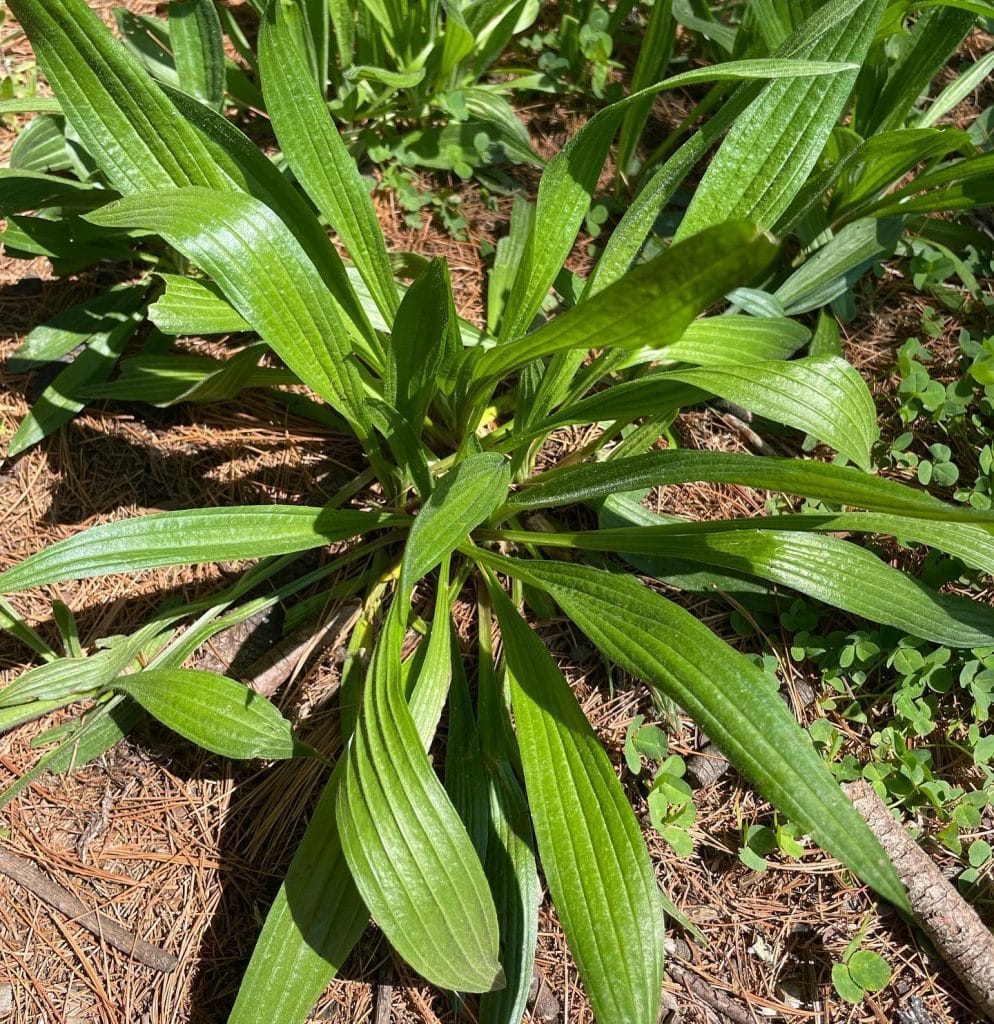
Narrowleaf Plantain (Plantago lanceolata) is an edible and medicinal plant that was introduced to North America from Eurasia. Narrowleaf plantain, also known as “ribwort plantain”, has long leaves with 5-7 protruding veins growing in a rosette. Leaves can be eaten raw or cooked. The youngest leaves are the most tender and tastiest. Leaves become […]
Arctium lappa – Greater Burdock
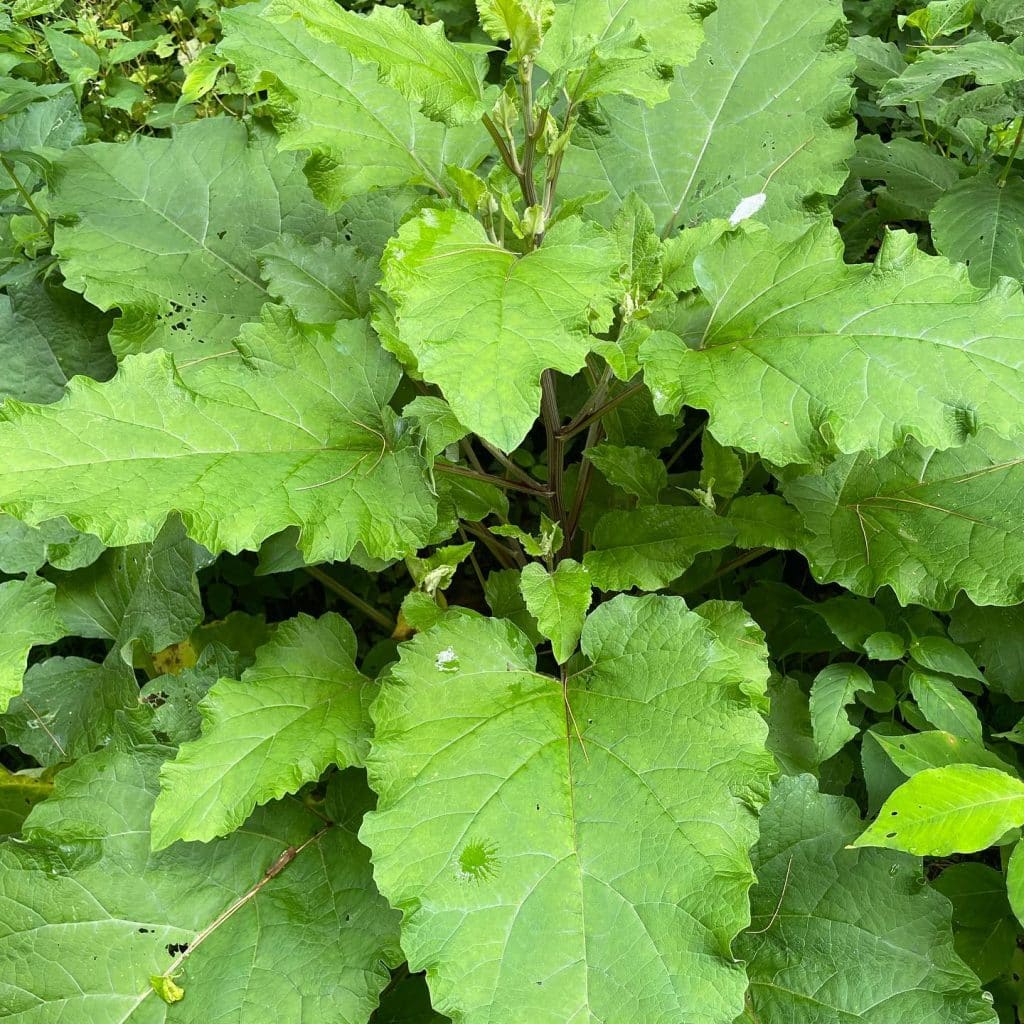
Greater burdock (Arctium lappa) is an invasive plant with edible and medicinal uses. Burdock is often found in disturbed soil and along edges of fields and walking paths. Burdock is a biennial, producing a basal rosette its first year and sending up a flower stalk its second year. Burdock can be identified by its fuzzy leaves […]
Lactarius camphoratus – Eastern Candy caps
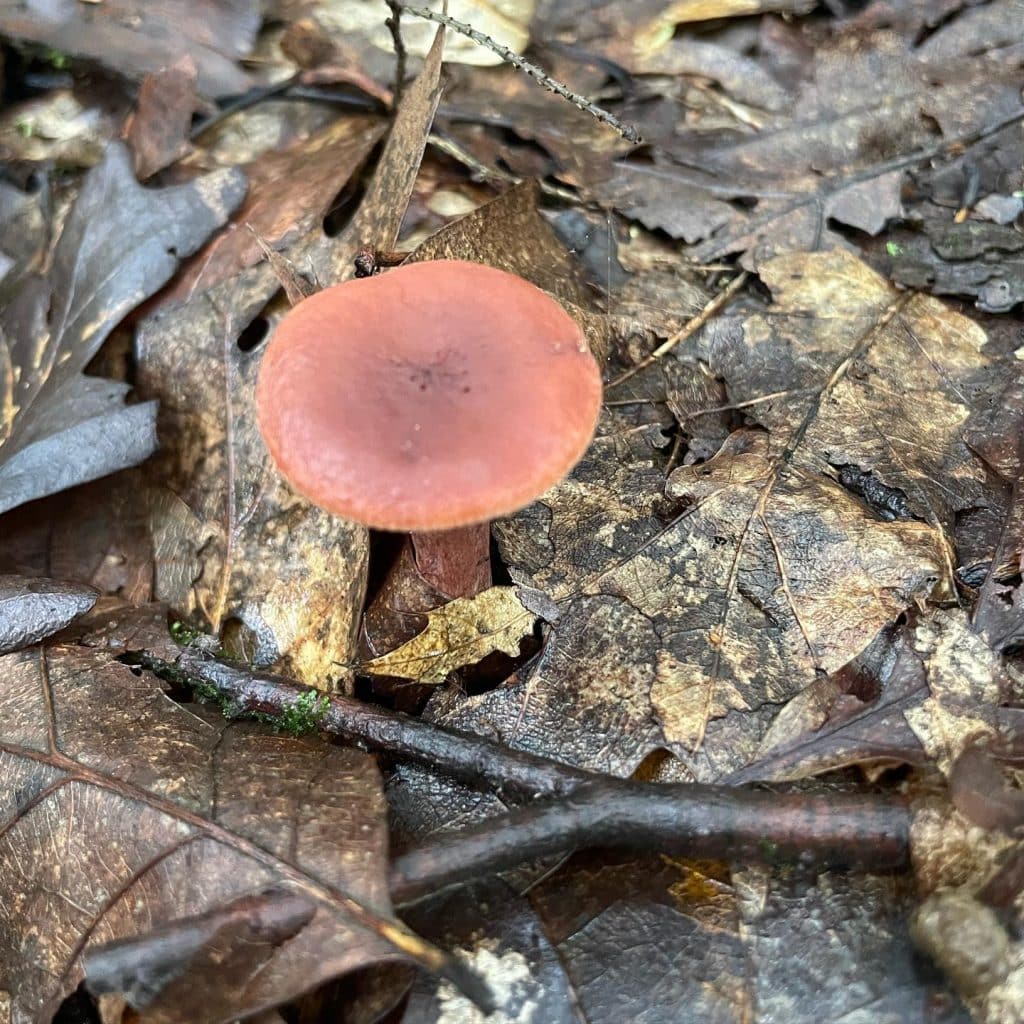
Eastern candy caps (Lactarius camphoratus) are edible milkcaps found in Europe and Eastern North America. The species found in Eastern North America may or may not be the same species as the one found in Europe, but they are currently both classified as Lactarius camphoratus. There are multiple species of mushrooms referred to by the […]
Meripilus sumstinei – Black-staining Polypore
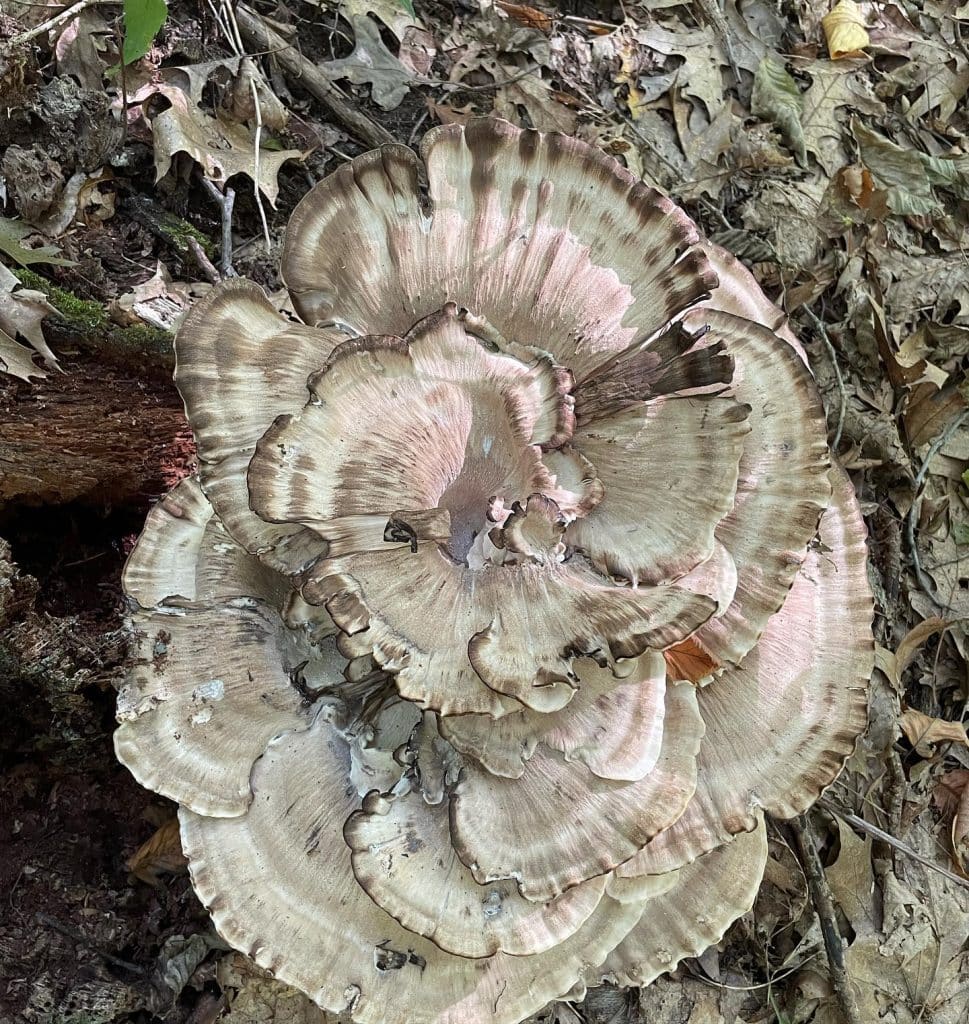
The Black-staining polypore (Meripilus sumstinei) is an edible mushroom that is often confused for Hen-of-the-woods. It can be found growing at the base of deciduous trees, usually oaks, from July-September. The Black-staining polypore has grayish-white caps that stain black when touched or cut. When young, the pore surface is white. The smell is reminiscent […]
Hypsizygus ulmarius – Elm Oysters
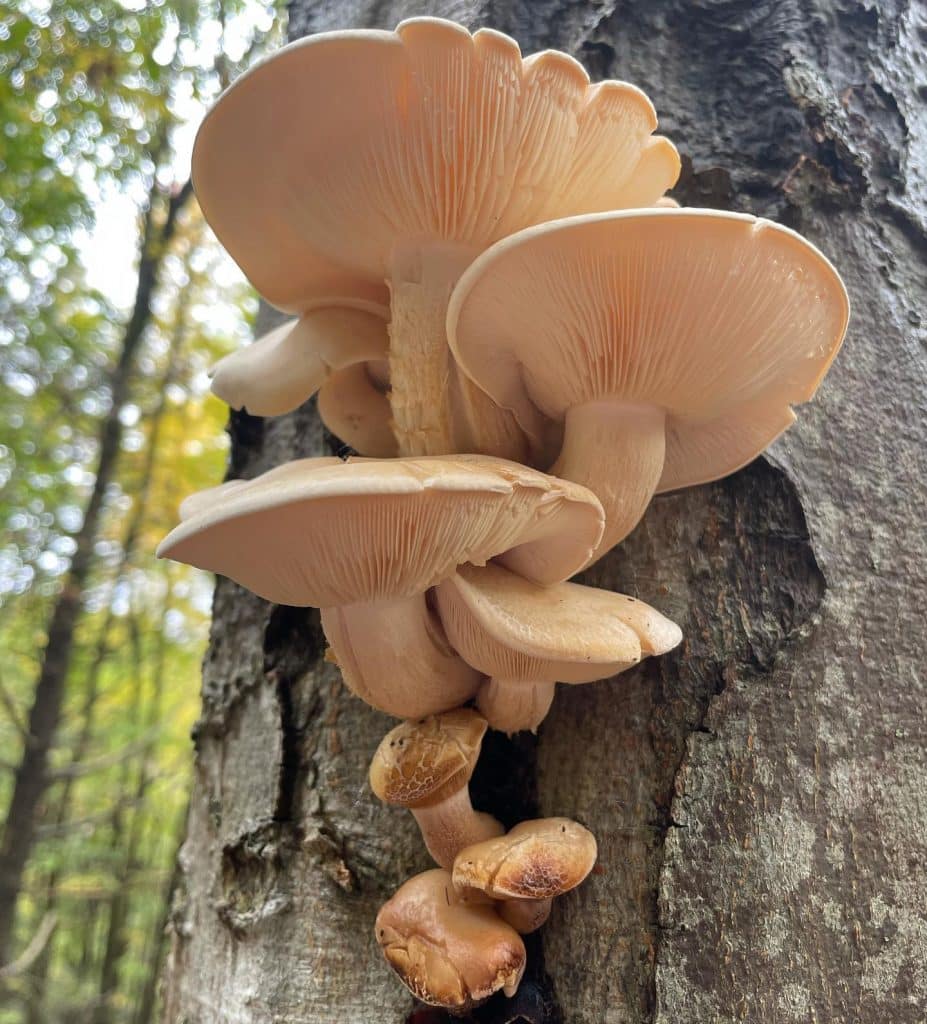
Elm oysters (Hypsizygus ulmarius) are an edible and easy-to-identify mushroom. Elm oysters are in a different genus than the “true” oyster mushrooms. They are named after their appearance which resembles true oyster mushrooms in the Pleurotus genus. Elm oysters are usually found on elm trees from August-December. They can be differentiated from true oysters by […]
Dacrymyces chrysospermus – Orange Jelly Fungus
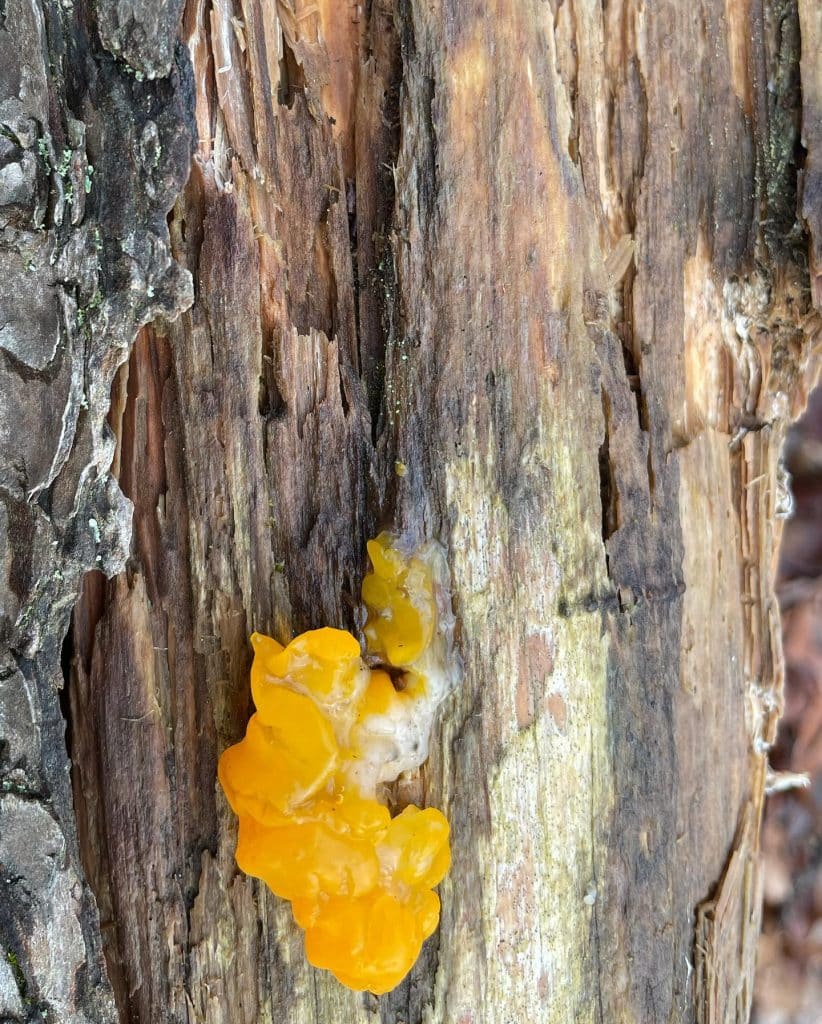
Orange Jelly Fungus (Dacrymyces chrysospermus) is an edible mushroom that can be found year-round after heavy rains. Orange jelly fungus is found on conifers, often where bark is peeling off. It has a white base where the cap attaches to the wood. Orange jelly fungus is most often confused with Witches butter (Tremella mesenterica) which […]
Auricularia spp. – Wood Ears
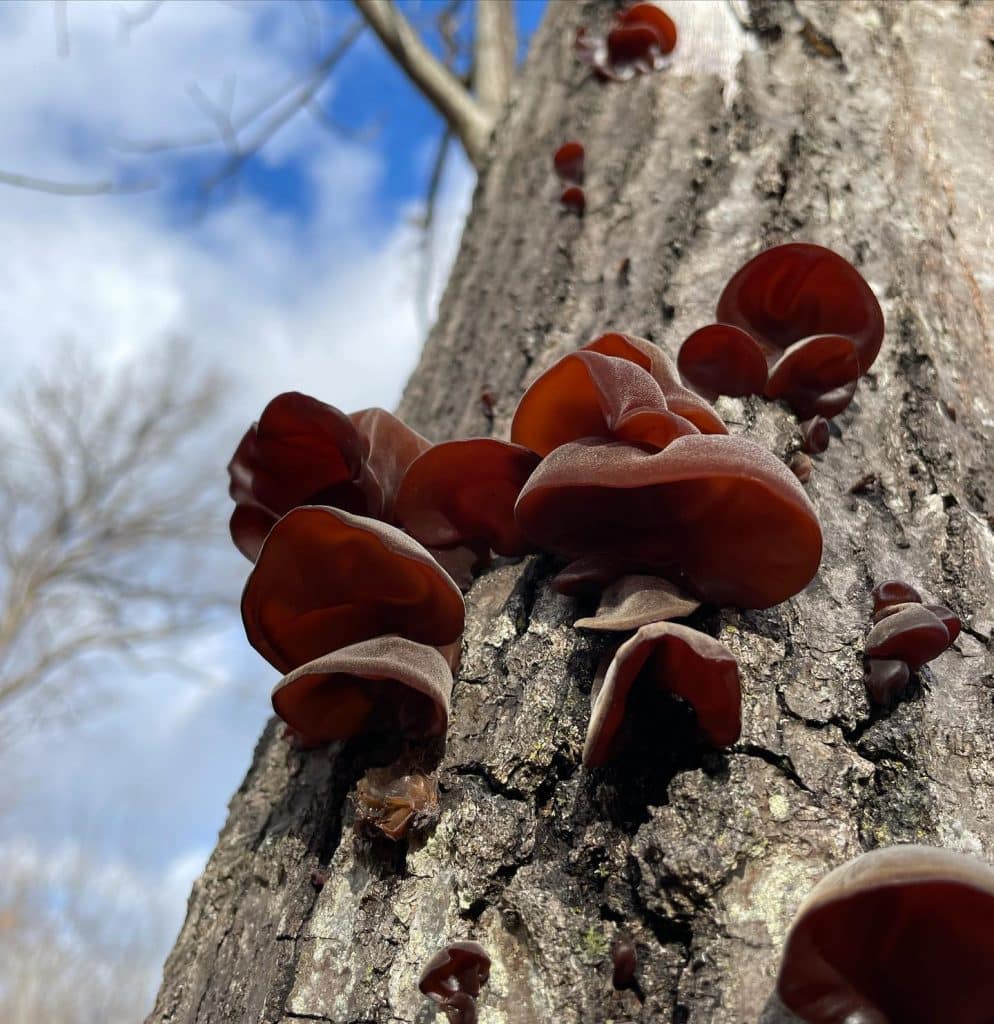
Wood ears (Auricularia spp.) are edible jelly fungi that are commonly eaten in Asia. It is best to search for them the day after a large rainfall. Wood ears prefer cooler weather but could appear any time of the year. There are two wood ear species that grow in Connecticut. Auricularia americana grows on conifers, […]
Cryptoporus volvatus – Veiled Polypore
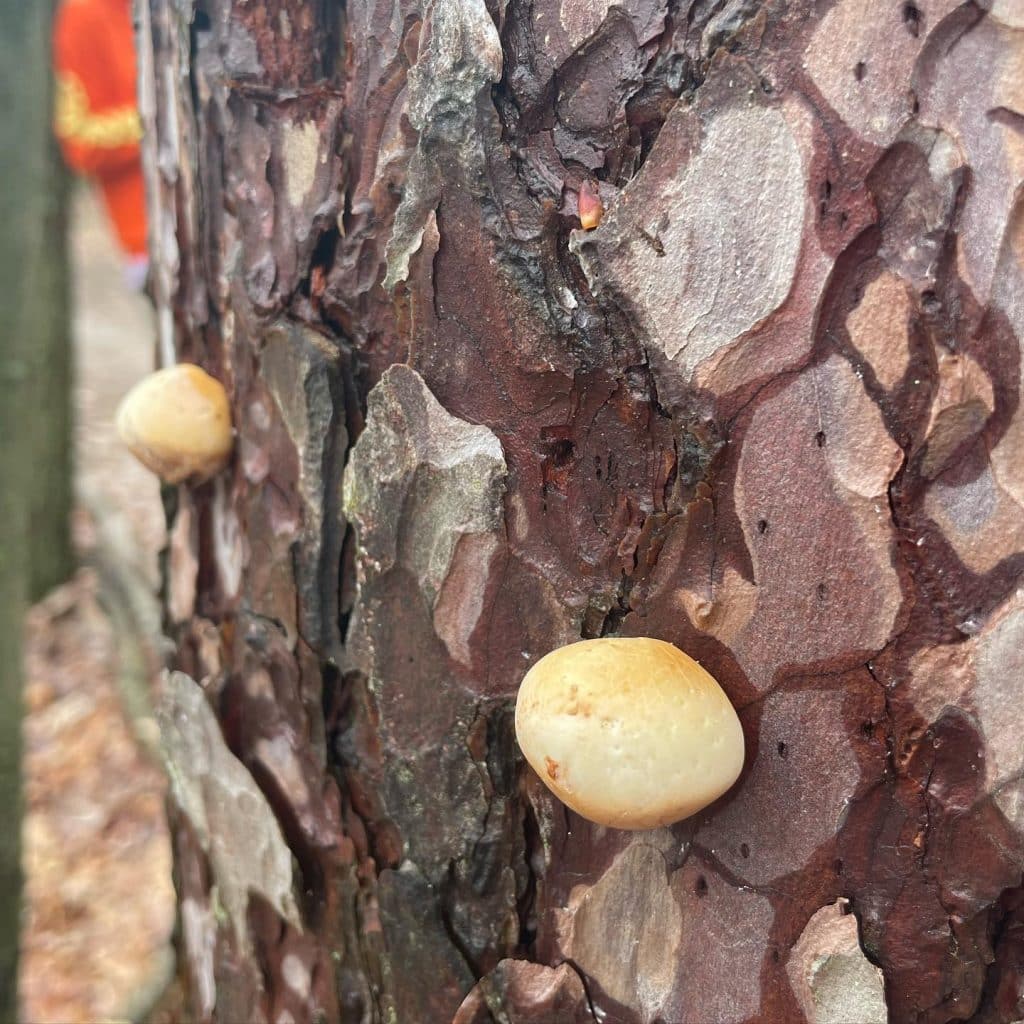
The Veiled Polypore (Cryptoporus volvatus) is a rare mushroom that grows on conifer trees. The pored surface is “veiled” by a thin, rounded layer of tissue. This allows the spores to pile up in the mushroom. When beetles enter the space, they are dusted with the spores and will therefore carry the spores into the […]
Stropharia rugosoannulata – Wine Caps
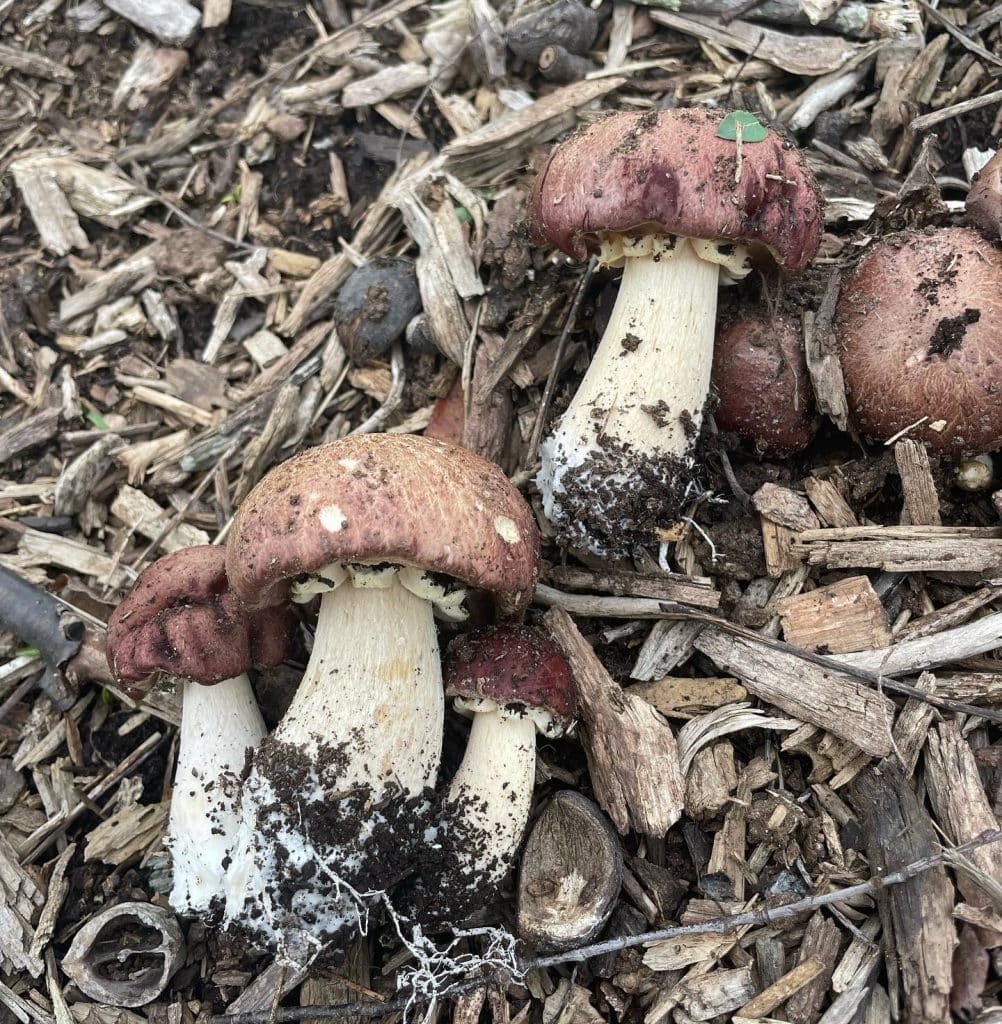
Wine Caps (Stropharia rugosoannulata) are a commonly cultivated mushroom that can be found throughout North America. Wine caps can be identified by their red cap which fades to brown as they age. Gills will be pale gray when the mushrooms are young, becoming purple-black as they age. They have a white veil which will be […]
Morchella americana – Yellow Morel
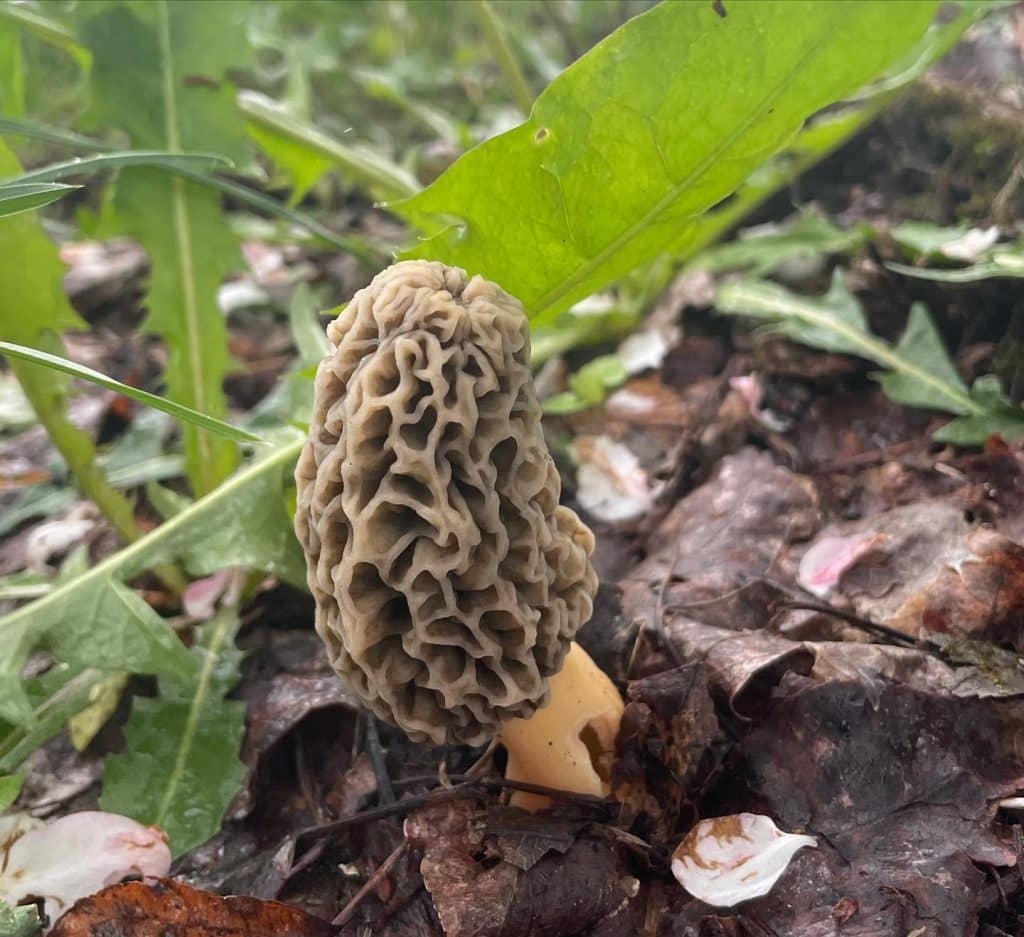
Yellow Morels (Morchella americana) are the most widely distributed morel in North America. There are over 20 species of morels in North America. Look for morels 1-3 days after spring rains, when soil temperatures are between 50-60 degrees F. Morels are mycorrhizal, often growing in old apple orchards, under ash, standing dead elms, tulip trees, […]
Cerioporus squamosus – Dryad’s Saddle
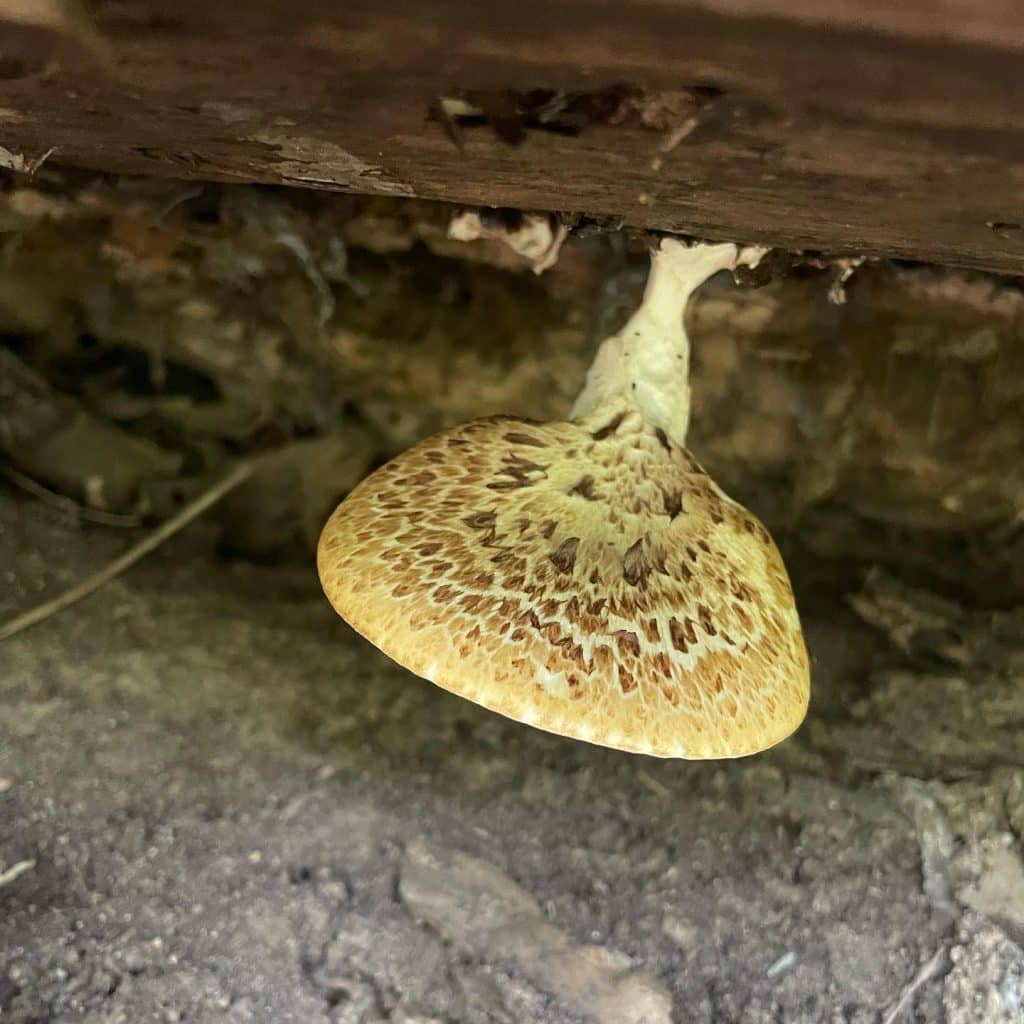
Dryad’s Saddle (Cerioporus squamosus) is a choice edible mushroom when found young. Dryad’s saddle, or Pheasant back, can be found in the spring and fall, fruiting on dead or dying hardwood trees. Look for the fungus 1-2 days after a heavy rain. The mushroom is parasitic, causing white rot disease to the tree. Dryad’s saddle […]
Larix laricina – Tamarack
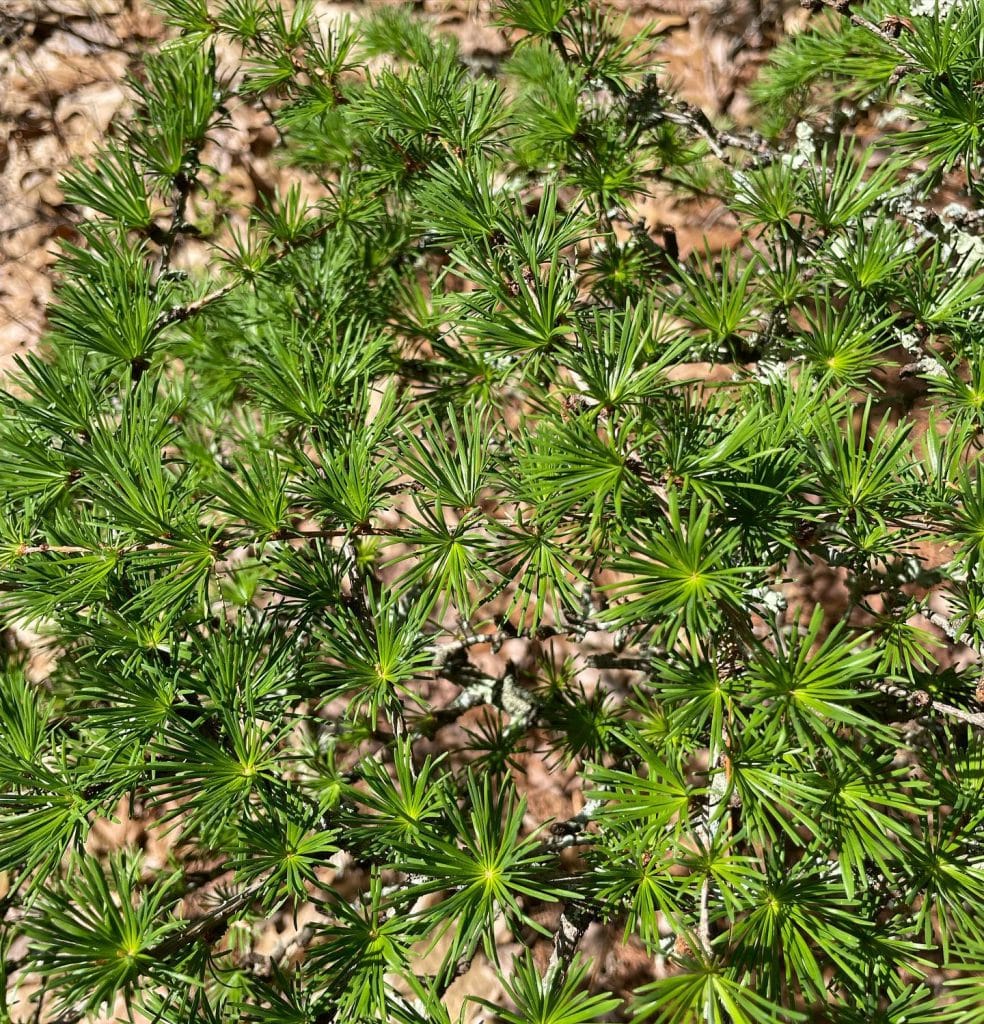
Tamarack (Larix laricina) is a native deciduous conifer in the pine family. Tamarack, also known as “American larch”, is usually the first tree to grow on filled lake bogs. It has 1-inch needles that grow in clusters of 10-20. The needles turn bright yellow in late autumn and then fell off. Tender spring shoots […]
Lepidium campestre – Field Pepperwort
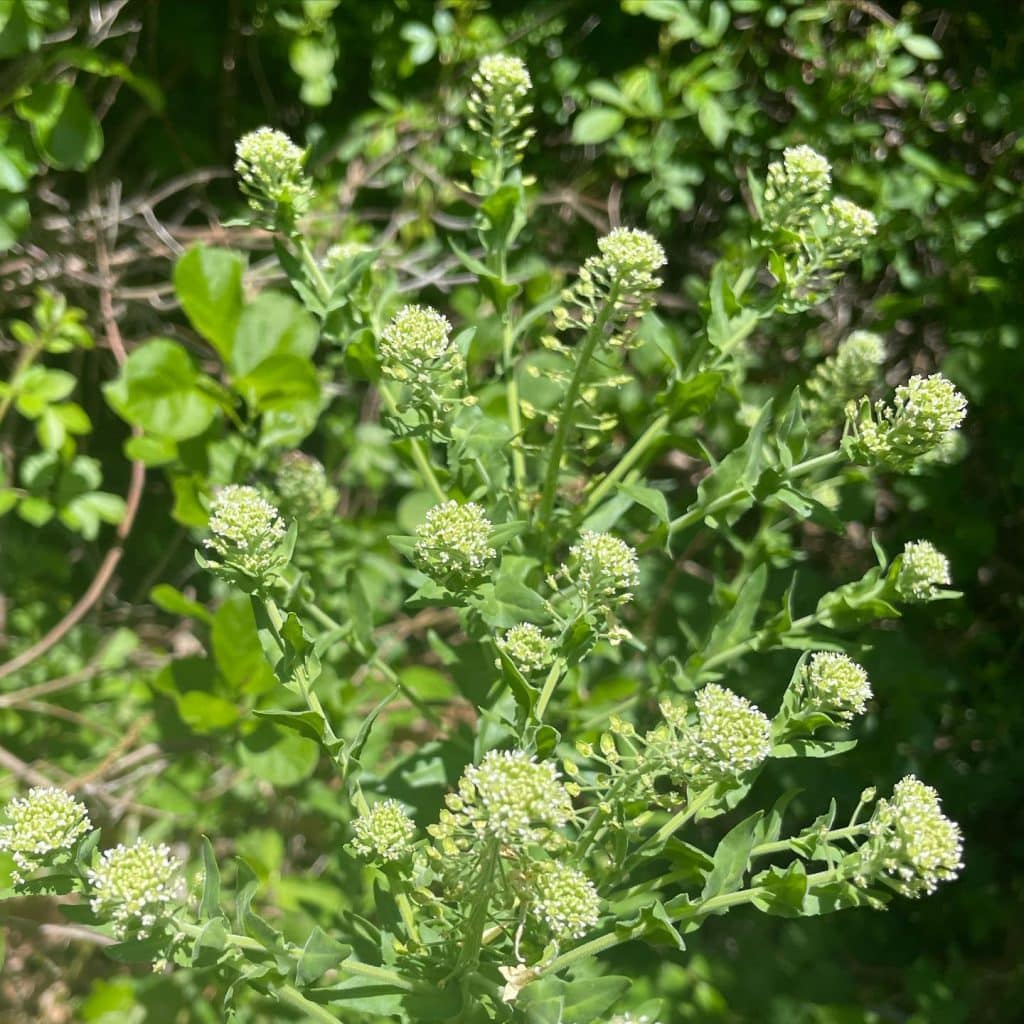
Field Pepperwort (Lepidium campestre) is an edible plant in the Brassicaceae family that was introduced to the U.S. from Europe. Field pepperwort has alternate toothed leaves. It produces small white flowers with four petals at the top which are followed by flat, circular seed pods. Field pepperwort is most often found in disturbed land, waste […]
Lactuca canadensis – Canada Wild Lettuce
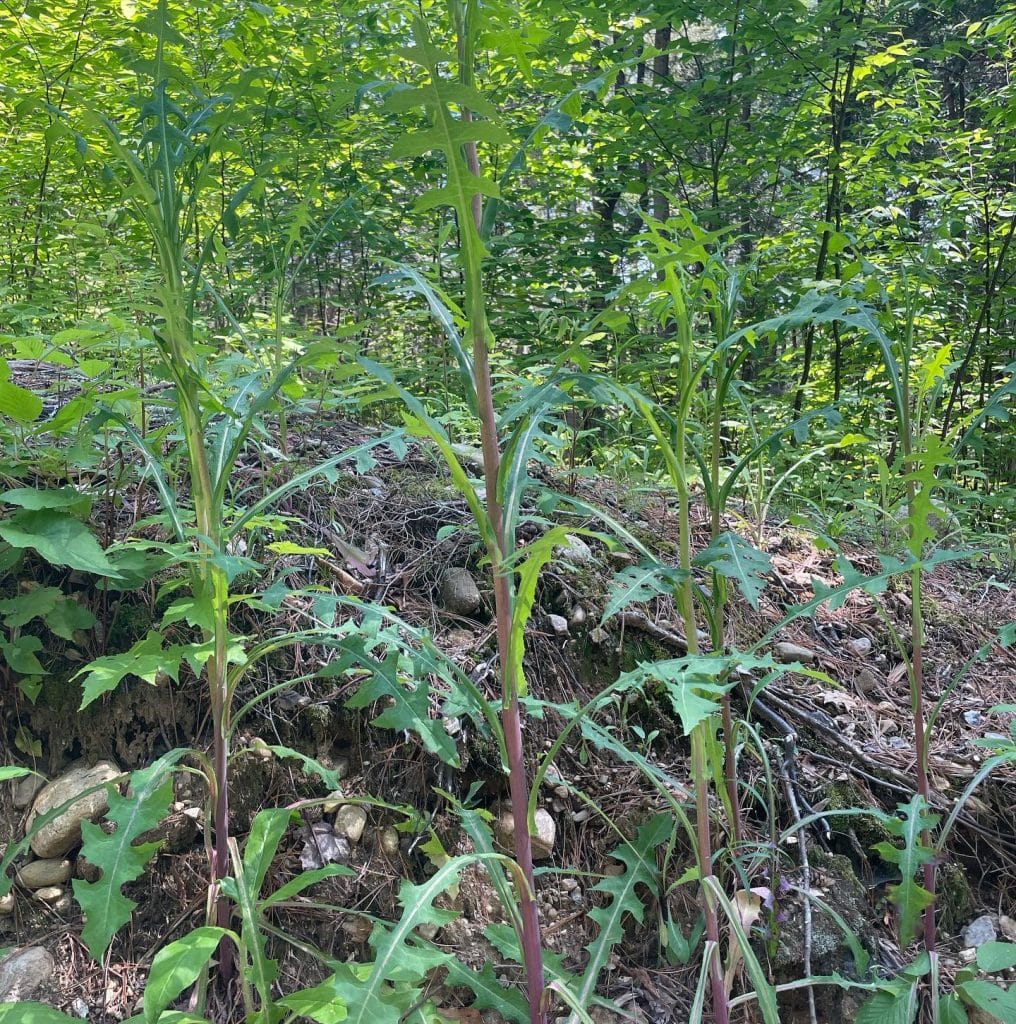
Canada Wild Lettuce (Lactuca canadensis) is a native edible and medicinal plant in the Daisy family. Wild lettuces can be identified by the hairs on the bottom of the leaf’s central vein. In Lactuca canadensis, the hairs are less consistent than in other species of Wild Lettuce. The young leaves and stems are edible but […]
Ganoderma tsugae – Hemlock Reishi
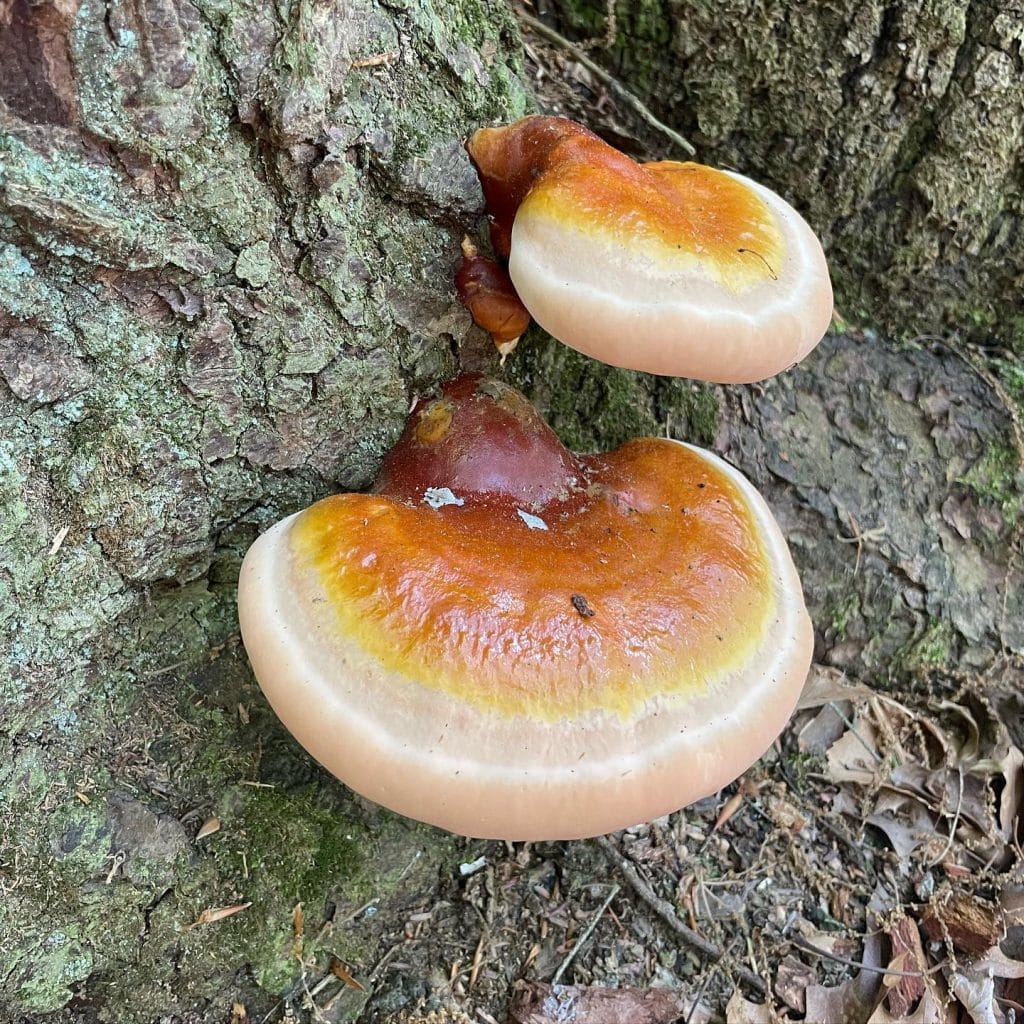
Reishi mushrooms have been used medicinally in Asia for over 2,000 years. Hemlock reishi (Ganoderma tsugae) fruit in New England from May-June. Hemlock reishi are most often found on dead or dying Eastern Hemlock trees. They like to grow near running water. Reishi are known as the “Mushroom of Immortality”. They can be used medicinally […]
Fragaria virginiana – Wild Strawberry
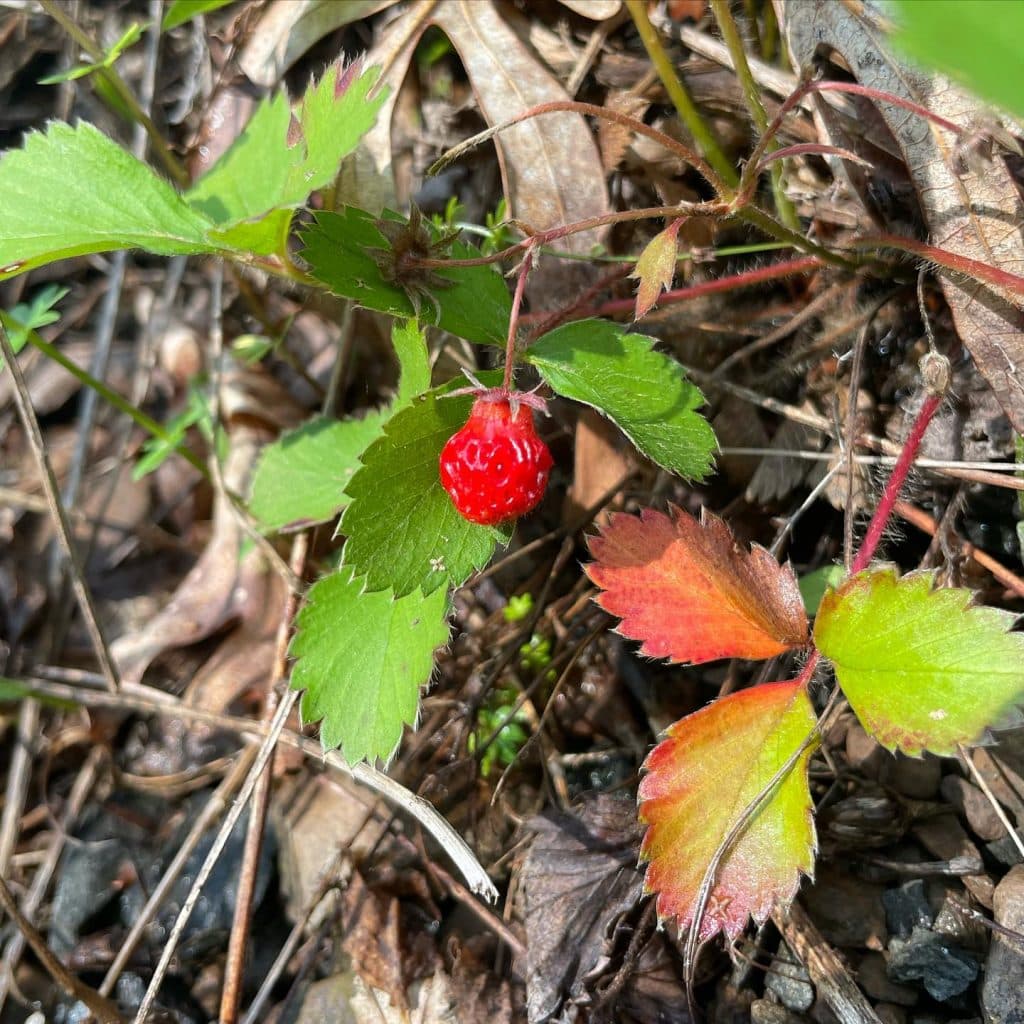
The Wild Strawberry (Fragaria virginiana) is a native berry that fruits late spring to early summer. Wild strawberries can be found in partial to full sun at the edge of fields, in woodland clearings, or along paths. The tiny berries are born on hairy stalks. The plant has three leaflets on a divided leaf. Fragaria […]
Amelanchier spp. – Serviceberries
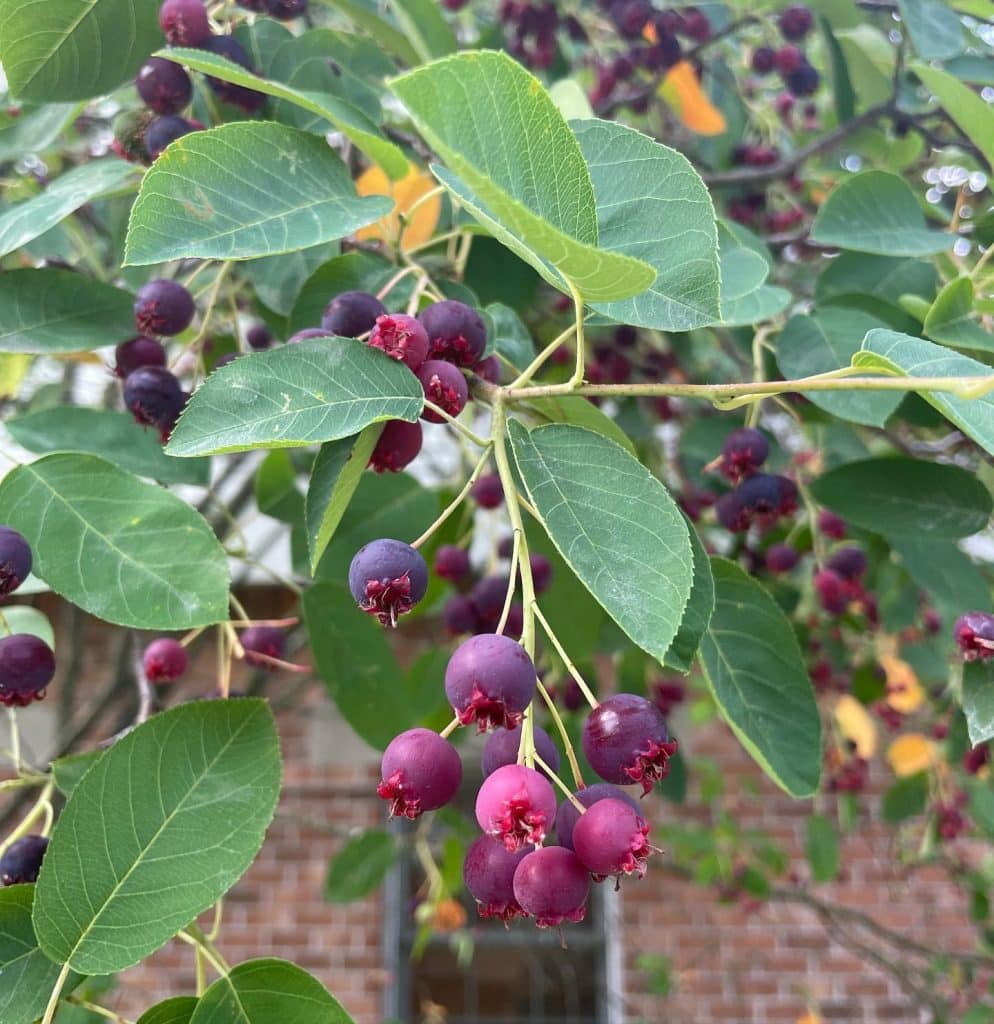
Serviceberries (Amelanchier spp.) are a group of 20+ species of deciduous shrubs and small trees in the rose family. Serviceberries will usually be found in full sun. Serviceberries, also known as Juneberries, are one of the first trees to bloom in the spring and one of the first berries to ripen in the summer. The […]
Bondarzewia berkeleyi – Berkeley’s Polypore
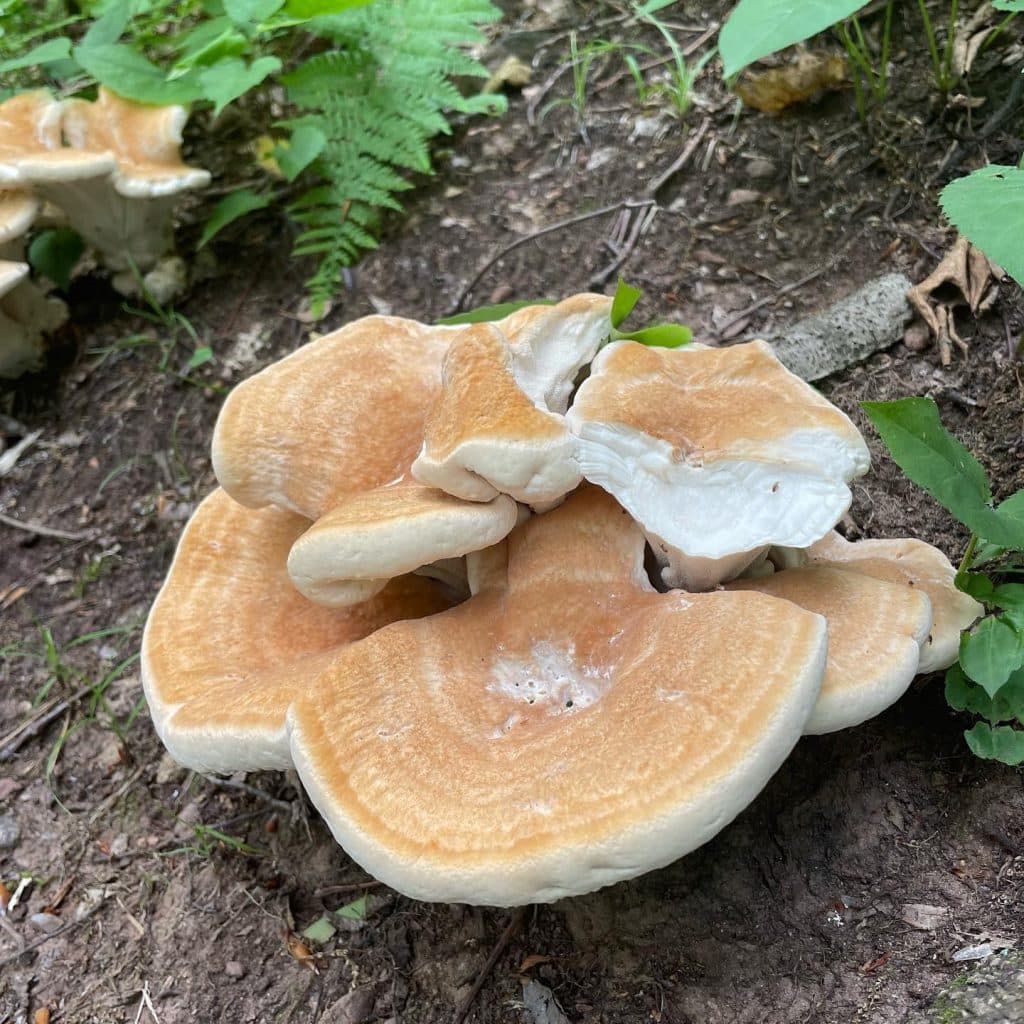
Berkeley’s Polypore (Bondarzewia berkeleyi) is a mushroom that can be found at the base of hardwood trees in the summer and early fall. Berkeley’s polypore usually causes parasitic butt rot to the hardwood tree that it grows next to. It will occasionally be found at the base of dead or dying trees, acting as […]
